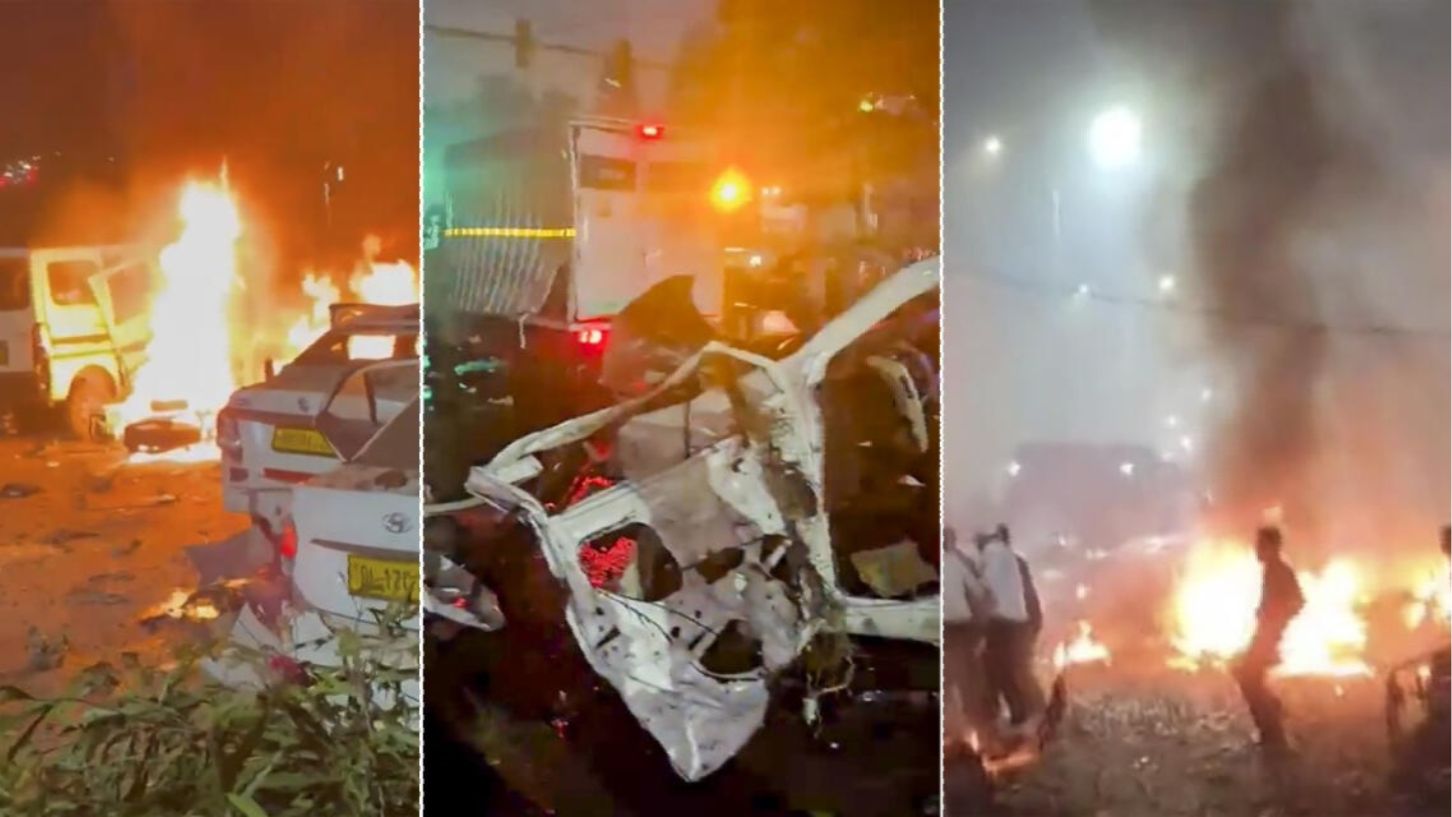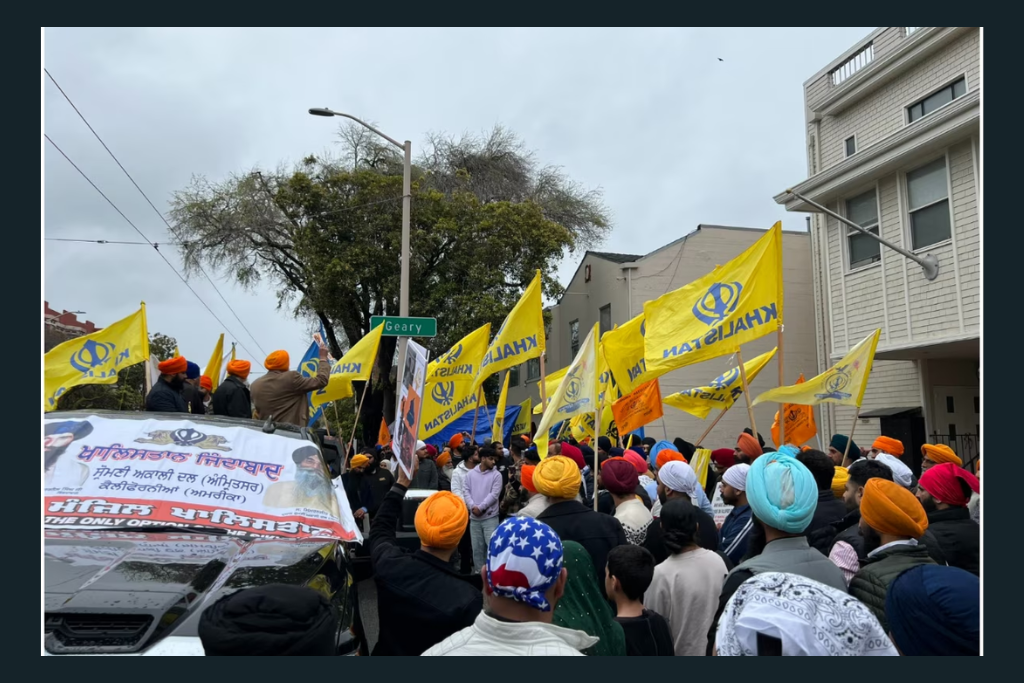The car blast near the Red Fort in Delhi has shocked residents, commuters, and tourists alike. On a busy Monday evening, a car parked near Gate 1 of the Red Fort Metro Station exploded, causing panic and chaos in one of India’s most iconic areas. The explosion was powerful enough to ignite fires in several nearby vehicles, shatter windows, and draw the immediate attention of emergency responders. Such an event, in the heart of the national capital, raises serious questions about safety, awareness, and emergency preparedness in crowded urban zones.
Reports from the Fire Department confirmed that they received a distress call at around 6:55 pm, and within minutes, multiple fire tenders rushed to the site. Flames had already spread to three or four vehicles, and thick smoke was visible from several blocks away. The quick response from the Delhi Fire Services and the police prevented a larger disaster. However, the incident left at least eight people dead and many others injured, according to early reports. The entire area was sealed off as forensic teams and bomb squads began investigations to determine the exact cause of the blast.
Understanding the Car Blast Near Red Fort
The car blast near the Red Fort was sudden and terrifying. For those present near the historic monument, the loud explosion came without warning. Imagine standing near the metro gate or driving past the Red Fort after work, when a vehicle just a few meters away bursts into flames. One eyewitness, an auto driver, described how the car right in front of him exploded and caused injuries to nearby people and damage to vehicles.
According to initial observations, the explosion did not leave a crater — a key detail that typically accompanies bomb-related blasts. Furthermore, there were no signs of splinter or pellet injuries that are usually seen when explosives are used. This has led investigators to consider other possibilities, such as a mechanical or chemical reaction inside the vehicle. However, officials have not ruled out any angle yet, and the forensic analysis is ongoing.
The incident caused a temporary shutdown of nearby metro gates and increased police presence in Old Delhi. Authorities took no chances — security was tightened around major landmarks, metro stations, and government offices. The Central Industrial Security Force (CISF) also issued a high alert across Delhi, including at airports and railway stations.
Lessons from the Incident
While the immediate concern is identifying the cause of the car blast near Red Fort, the event holds several important lessons for the public and authorities. This tragedy highlights how vulnerable even the most secure and monitored parts of a city can be.
For one, the Red Fort is not only a UNESCO World Heritage Site but also a high-security area due to its historical and political importance. If an explosion can occur so close to such a landmark, it shows that constant vigilance is essential. Public awareness is the first line of defense in situations like this. Many people pass by the same area daily — street vendors, tourists, office workers, and drivers. Being alert to unusual smells, smoke, or suspicious vehicles can sometimes make a difference.
Secondly, the event showcased the importance of emergency readiness. Within minutes, seven fire tenders and multiple police units were on-site. Their quick action prevented further casualties. In urban areas, where population density is high, emergency response systems must always be ready for unpredictable incidents like this one.
For example, in 2022, a similar incident occurred in Coimbatore, where a car explosion was later linked to a gas leak rather than a bomb. In both cases, rapid emergency action helped control the situation. These examples remind us that accidents and deliberate acts can look similar at first glance — making accurate investigation crucial.
Public Safety and Awareness
The car blast near the Red Fort also reminds citizens to stay informed and prepared. Knowing basic emergency responses — like moving away from fire zones, calling helplines, or following police instructions — can save lives. Many bystanders tend to gather near accident sites out of curiosity, but that increases the risk of secondary injuries if another explosion or fire occurs.
Delhi Police have urged people not to spread rumors or unverified information online. During such times, misinformation can cause unnecessary panic. Instead, staying tuned to verified news sources and government updates helps the community remain calm and cooperative.
It’s also important to remember that cars can sometimes explode due to technical faults — such as fuel leaks, overheating, or pressure buildup in gas tanks. In a city like Delhi, where temperatures can rise and vehicles are densely packed, maintenance and regular checks become even more critical. Car owners should ensure that their vehicles are serviced properly, especially those running on CNG or LPG, as faulty fittings or neglected repairs can lead to dangerous outcomes.
Moving Forward After the Red Fort Car Blast
In the aftermath of the car blast near the Red Fort, Delhi authorities have tightened security measures and started a detailed forensic examination. Whether the explosion was accidental or intentional, it has left a mark on public memory and serves as a strong reminder of how fragile safety can be in crowded spaces.
For citizens, the biggest takeaway is to stay alert but not fearful. Every city faces risks — from mechanical accidents to human error — but a well-informed public can reduce those risks significantly. Simple actions, like parking responsibly, reporting abandoned vehicles, and avoiding panic in emergencies, all play a role in strengthening urban safety.
For example, after this incident, authorities also reviewed CCTV footage around the Red Fort area, which helped trace the sequence of events. Such surveillance systems are vital in large cities and can be more effective when citizens cooperate with local authorities.
In the broader sense, this tragic event underscores the shared responsibility between citizens and the government. While officials manage security and response systems, individuals can contribute through vigilance, awareness, and responsible behavior.



